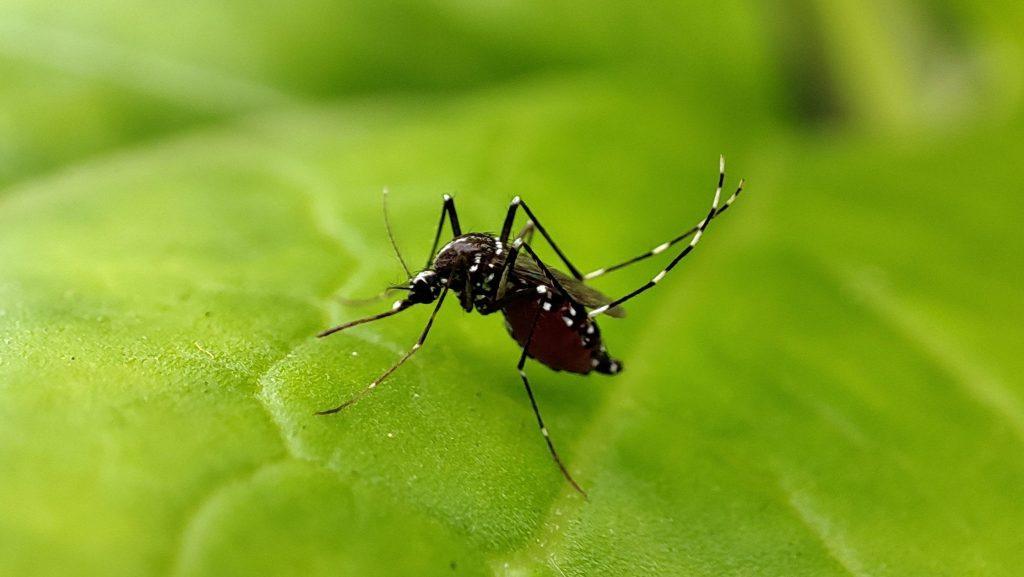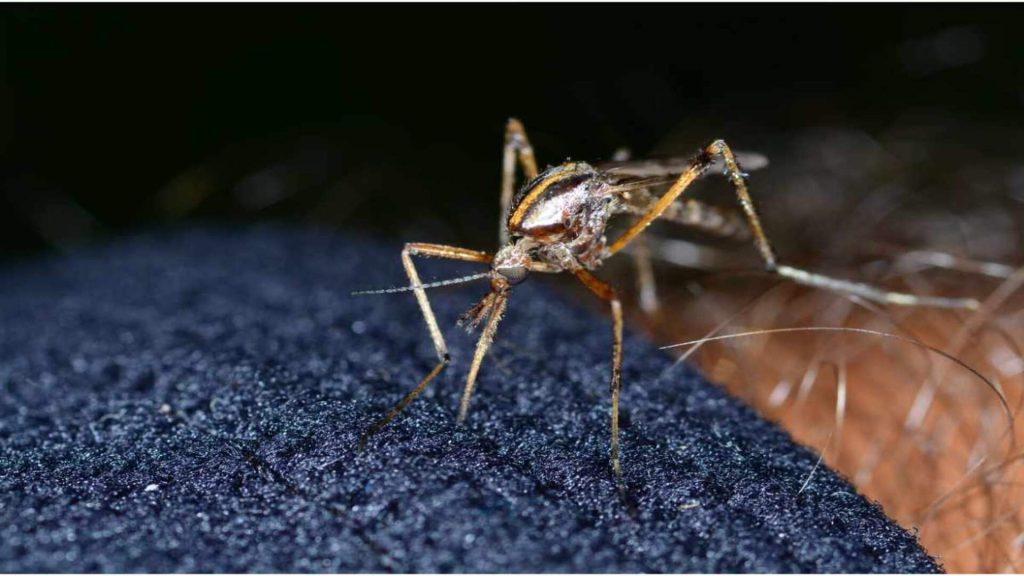Key Takeaways
-
Male mosquitoes are smaller and do not bite; female mosquitoes are larger and feed on blood.
-
Male mosquitoes have bushy antennae; female mosquitoes have less bushy antennae and a needle-like proboscis for blood-feeding.
-
Only female mosquitoes bite humans and animals to develop eggs.
-
Female mosquitoes transmit diseases like malaria, dengue, and Zika virus.
-
Male mosquitoes feed on nectar and plant juices; females require blood for reproduction.
-
Male mosquitoes are smaller with bushy antennae; female mosquitoes are larger and more likely to approach humans for blood meals.
-
Prevent mosquito exposure with repellent, eliminating standing water, and installing window screens.
-
Wear protective clothing and sleep under mosquito nets to avoid bites, especially in high-risk areas.
 Mosquitoes are more than just a buzzing nuisance; they play significant roles in ecosystems and, in the case of females, can transmit serious diseases. While male and female mosquitoes look similar at first glance, they differ in size, behavior, and their impact on humans. This article highlights the differences between male vs. female mosquitoes, their unique characteristics, and practical tips for prevention. Understanding these differences can help you identify them easily and reduce the risks associated with mosquito bites.
Mosquitoes are more than just a buzzing nuisance; they play significant roles in ecosystems and, in the case of females, can transmit serious diseases. While male and female mosquitoes look similar at first glance, they differ in size, behavior, and their impact on humans. This article highlights the differences between male vs. female mosquitoes, their unique characteristics, and practical tips for prevention. Understanding these differences can help you identify them easily and reduce the risks associated with mosquito bites.
What Are Male Mosquitoes?
Male mosquitoes are harmless nectar feeders that do not bite humans or animals. Their primary role is to mate with female mosquitoes to ensure reproduction, contributing to the next generation of mosquitoes. Although they don’t pose a direct threat to humans, their role in pollination and the ecosystem is essential.Key Characteristics of Male Mosquitoes
-
Male mosquitoes are generally smaller than females and have bushy, feather-like antennae that help detect female wingbeats. This makes it easier for males to locate females during mating seasons.
-
Males feed primarily on nectar and plant juices, making them important pollinators for various plants, contributing to healthy ecosystems.
-
Male mosquitoes do not bite humans or animals, making them harmless in terms of disease transmission.
-
Males typically live for about one week, spending their short lives focused on reproduction and mating to ensure the survival of their species.
What Are Female Mosquitoes?
Female mosquitoes are the blood-feeding members of the species. They require the proteins in blood to develop their eggs, which is why they bite humans and animals. As the primary culprits behind mosquito bites, females play a significant role in disease transmission, which makes them a major concern for human health.Key Characteristics of Female Mosquitoes
-
Females are larger than males and have less bushy antennae. They are equipped with a needle-like proboscis that allows them to pierce skin and draw blood from humans or animals.
-
Female mosquitoes feed on both nectar and blood. They are especially attracted to humans by body heat, carbon dioxide, and sweat, which makes us their preferred target for feeding.
-
Females are vectors for diseases such as malaria, dengue, Zika virus, and West Nile virus, making them a major public health concern across the world.
-
Female mosquitoes can live for several weeks, depending on environmental conditions, and can continue to bite during this period to acquire the nutrients necessary for egg development.
Do Only Female Mosquitoes Bite?
Yes, only female mosquitoes bite. They need the proteins found in blood to produce and lay eggs. Male mosquitoes, on the other hand, lack the specialized mouthparts necessary for blood-feeding and subsist entirely on nectar and plant juices. The female mosquito’s blood-feeding behavior is crucial for reproduction, making her the only one responsible for transmitting diseases.

Not getting a solution?
Get your free pest control estimate today!Male Mosquito vs. Female Mosquito: Key Differences
Understanding the differences between male and female mosquitoes can help you identify them and take appropriate measures to control their population. Identifying the mosquito gender plays a key role in determining the threat level and understanding the behavior patterns of these pests.| Feature | Male Mosquitoes | Female Mosquitoes |
|---|---|---|
| Size | Smaller | Larger |
| Antennae | Bushy, feather-like | Less bushy |
| Proboscis | Wider, not suited for piercing skin | Needle-like, adapted for blood-feeding |
| Diet | Nectar and plant juices | Nectar and blood |
| Behavior | Do not bite humans or animals | Bite humans and animals for blood |
| Lifespan | About 1 week | Several weeks |
| Role in Disease | Do not transmit diseases | Transmit diseases such as malaria and dengue |
How to Identify Male and Female Mosquitoes
Male Mosquitoes:- Look for smaller mosquitoes with bushy, feather-like antennae.
- Observe their behavior; males are typically found near flowers or plants feeding on nectar.
- Look for larger mosquitoes with less bushy antennae.
- Females are more likely to approach humans or animals, especially during dawn and dusk, in search of blood meals.
Prevention and Control Measures
-
Use Insect Repellent: Apply EPA-approved repellents containing DEET or picaridin to exposed skin.
-
Wear Protective Clothing: Dress in long sleeves and pants, particularly during peak mosquito activity times.
-
Eliminate Standing Water: Remove stagnant water sources such as flower pots, birdbaths, and gutters to reduce breeding sites.
-
Install Screens: Use window and door screens to prevent mosquitoes from entering your home.
-
Sleep Under Mosquito Nets: This is especially useful in areas with high mosquito activity.





